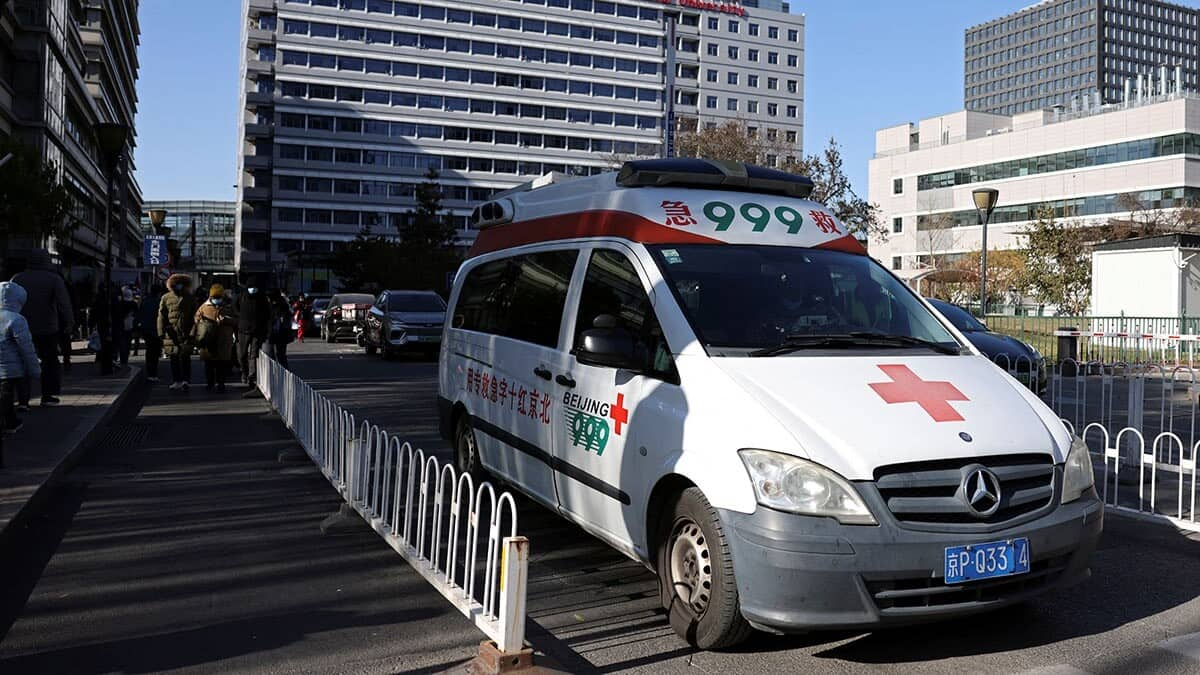
Foreign investors can now open fully-owned hospitals in China
What's the story
China will now permit foreign investors to operate fully-owned luxury hospitals in select cities like Beijing, Shanghai, and Guangzhou. As per the South China Morning Post, the hospitals will be allowed to provide human stem cell and gene therapy services, within pilot free-trade zones. This strategic move is aimed at attracting foreign investment and boosting economic growth. While India has an established medical tourism sector, China is at the early stages, anticipating a future boom.
Market expansion
India's med tourism segment shows robust growth
India's medical tourism sector has experienced significant growth over the past decade. In 2020, the country welcomed 1.83 lakh medical tourists, a number that climbed to 3.04 lakh in 2021 and further rose to 4.75 lakh in 2022. Between January and October of last year, India had already treated over five lakh medical tourists. Projections for 2024 suggest that the number of medical tourists will reach an impressive figure of around seven lakh.
Market value
India's medical tourism market projected to reach $10.3B
The Indian medical tourism market is tipped to be valued at around $10.3 billion this year. It is likely to grow at a healthy compound annual growth rate (CAGR) of 17.2% over the next decade, crossing $50.7 billion by 2034, according to a Future Markets Insights report. This growth is driven by factors including world-class facilities, a talented pool of medical professionals, and cost-effective treatment choices that make India an attractive destination for global patients.
Specialized care
China's focus on advanced treatments
China has now entered the competitive field of medical tourism, with a focus on advanced treatments such as gene therapy and biotechnology. While official figures on medical tourists are not yet available from China, its focus on biotechnology and high-end treatments suggests that the nation is aiming to attract high-value medical tourists. These are particularly those seeking innovative and specialized care.
Affordable healthcare
Cost-effectiveness: A major strength of India's medical tourism
India has earned its reputation in the medical tourism sector primarily due to its cost-effectiveness. Medical treatments in India are much cheaper compared to developed countries, and even some Southeast Asian counterparts. For example, a knee replacement surgery that costs around $40,000 (around ₹33.6 lakh) in the US, can be performed in India for approximately $8,500 (roughly ₹7 lakh) with better medical care and services.
Infrastructure development
India's healthcare infrastructure receives significant boost
In December last year, India's Ministry of Health and Family Welfare announced loans totaling $14.8 billion to improve healthcare infrastructure, and offer working capital to companies in the tourism industry. This investment is especially focused on tier-II and tier-III cities, which are seeing the construction of state-of-the-art hospitals by major players such as Apollo, Fortis, Max Healthcare, and the Manipal Group. The expansion into these smaller cities is crucial as it makes advanced medical procedures more accessible.
Long-term goals
China's medical tourism strategy targets long-term growth
China's approach to medical tourism is more centered around attracting international investment in healthcare. While China has emphasized high-tech infrastructure, restrictions still remain. Foreign parties cannot acquire public hospitals or operate in sectors that are related to traditional Chinese medicine. Also, China's medical tourism strategy seems more targeted at long-term growth via advanced research, rather than attracting mass numbers of patients immediately.